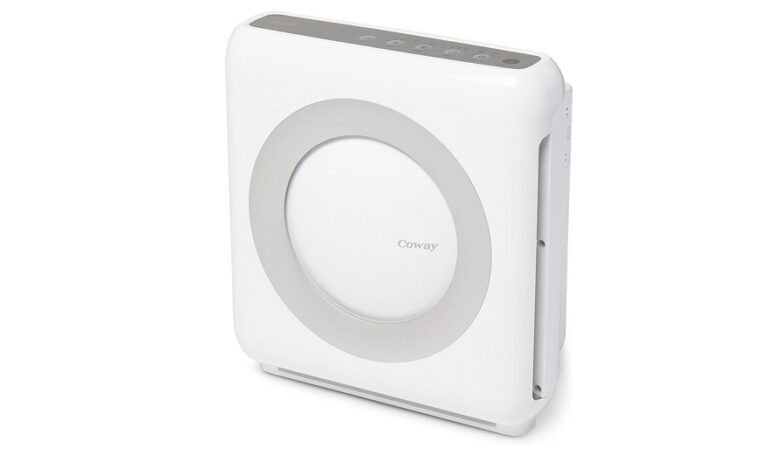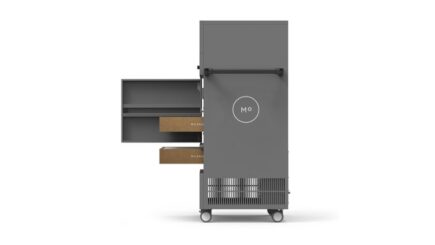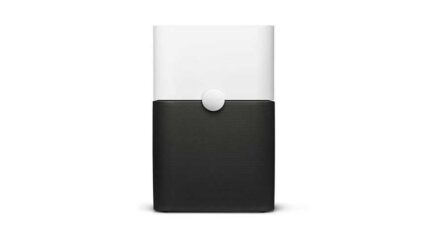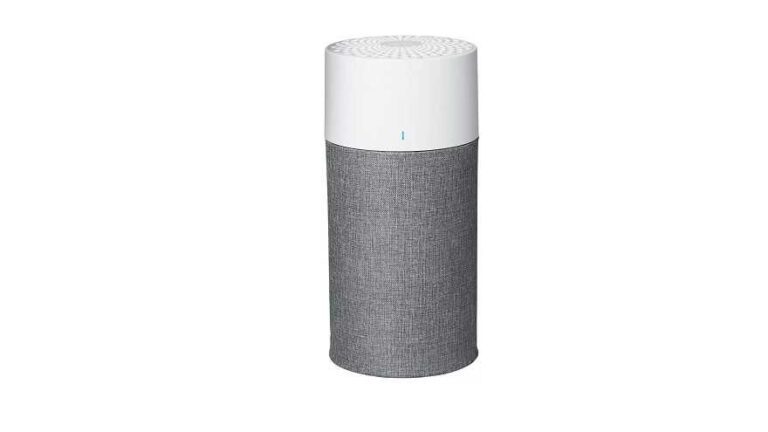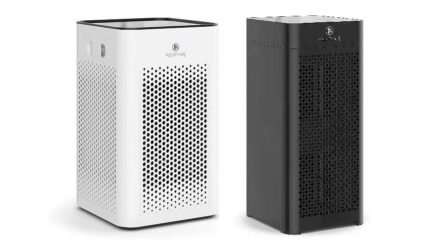Coway Airmega AP-1512HH(W) true HEPA purifier reviews
One helpful element is the air quality indicator light. The Airmega measures the level of air pollution by sucking in particles, pollutants, and pollen. If the light is blue, your air quality is OK; if it is orange, it is…
